Freight costs, as reflected in the income statement, are an important concept in the complicated world of logistics and supply chain management which applies to businesses both large and small. Of all the shipping terminologies, freight-out is one of the most basic notions that directly affect your bottom line and your customer satisfaction. No matter whether you are a beginner trying to understand the simple definition of freight-out or an expert looking to optimize it, this ultimate guide will have something to offer to you.
Understanding Freight-Out: The Foundation of Outbound Logistics
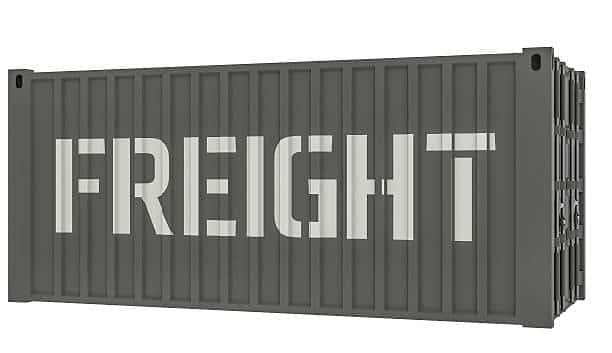
Freight-out is the freight expense involved in the transportation of items and products of a seller to a buyer. Freight-out unlike freight-in which only receives the inventory at hand, freight-out includes all the expenses incurred in outbound consignments such as the transportation, handling, insurance as well as delivery services. This type of expense is especially relevant to those companies who frequently deliver their products to their customers or distributors and retail partners.
Freight-out concept is more than basic shipping charges. It contains many elements like packaging materials and fee, loading and offloading cost, fuel surcharge, and any special handling needs that contribute to the costs incurred . In the case of the business in international markets, freight-out also includes customs duty, international shipping rules, and cross-border documentations charges. The knowledge of such all-inclusive costs assists firms in making effective choices on pricing, levels of customer services and profitability.
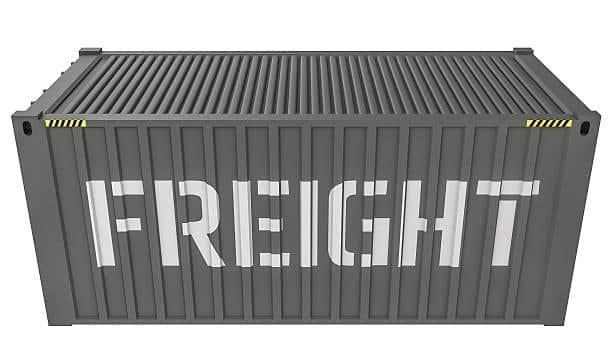
The contemporary freight-out estimates also need to facture in the technological integration, tracking, and customer communication platform. These online components have now become an important part of the shipping process that not only factors in transportation cost but also value to the overall freight-out equation. Firms which adequately control these factors tend to gain a competitive edge in terms of better customer satisfaction and operational effectiveness.
The Financial Impact of Freight-Out on Business Operations
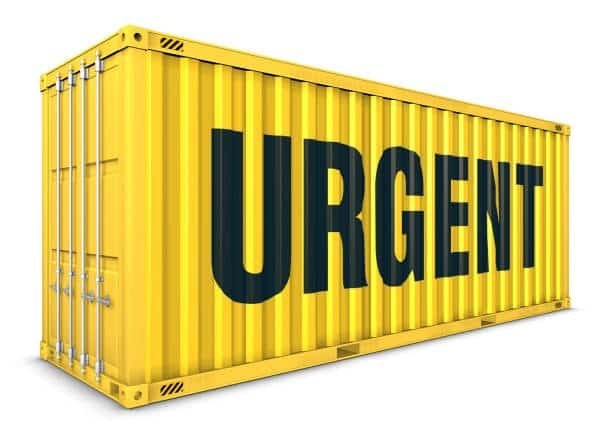
Freight-out expenses can be a large part of the operating expenses, which can be a significant operation cost of many businesses averaging between 5-15 percent of total revenue based on industry and business model. In the case of e-commerce businesses, these expenses may be even greater especially in the trading of free shipping services to its clients. The financial implication of freight-out is critical to know to have the right price, budget, and profitability analysis.
Freight-out accounting treatment is different and it depends on the business structure and terms of agreements. Freight-out is in most instances entered as a selling expense and this affects the gross margin of the company. Nevertheless, in cases whereby the freight is charged directly to customers, then under the generally accepted accounting principles, they can be considered as a part of the revenue stream. This difference impacts financial reporting, taxation and performance measures.
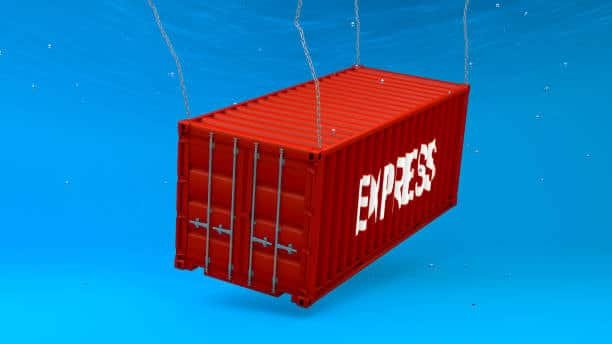
The indirect costs of freight-out such as administrative overheads, customer service support, and the possibility of claims and damages also are to be taken into consideration by the businesses. These are some of the hidden costs that may greatly affect the actual cost of freight-out and hence the importance of having thorough cost analysis in order to do proper financial planning. Any company that does not factor in these indirect costs runs the risk of not realizing the actual cost of shipping and can have problems in realizing profits.
Key Components That Make Up Freight-Out Costs

Freight-out also includes various elements of costs which depend upon methods of shipping, destination, and service requirements. The greatest part is base transportation costs, which includes transportation fees a s carrier charges in air freight, sea freight, ground transportation, or multimodal options. These prices vary according to fuel prices, capacity on offer, seasonal demands and the route oriented factors.
Other miscellaneous charges and fees also add up to the freight-out costs. Fuel surcharges correct for fluctuating energy costs, and dimensional weight pricing corrects for the size and density of the package. Premium charges are added on residential delivery charges, signature on delivery and time definite services. When shipping goods internationally, the customs brokerage charges, payment of duties and documentation charges become significant cost elements.
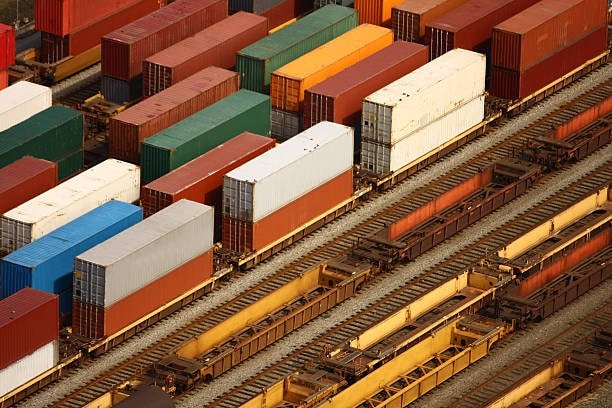
Another aspect of freight-out that is vital is the packaging and handling costs. Dunnage and protective packaging materials, special containers to ship fragile finished goods, and temperature-controlled solutions to ship sensitive products add to the total costs. Loading and unloading charges particularly on heavy or oversized goods can be very costly. Although insurance is optional, it is a necessity when shipping high-value goods, and is included in the freight-out calculation total.
Freight-Out vs Freight-In: Understanding the Critical Differences
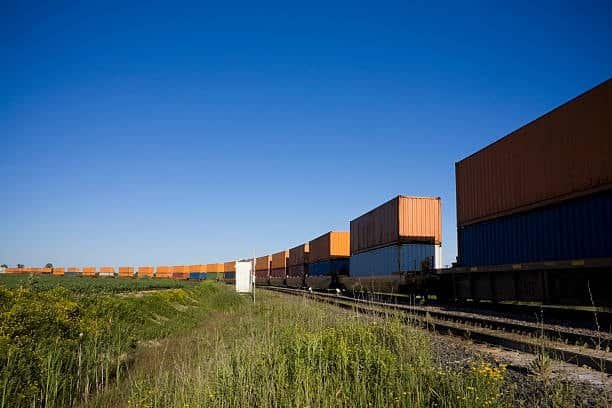
Freight-out versus freight-in represents a basic element of supply chain management and financial accounting. Freight-in is the shipping costs that are incurred when the goods are received by suppliers and freight-out is the cost that is incurred when shipping the products to the customers. This variation impacts on the inventory cost, inventory valuation, cost of goods sold computation and the businesses profitability levels.
Accounting wise, freight-in would usually be capitalized to be included in the inventory costs and would form part of the cost of goods sold when goods are sold. The freight-out is normally charged as selling expenses in the period incurred. Such treatment has different implications on the balance sheet and financial statements and such treatment needs to be considered carefully to ensure proper financial reporting and financial analysis.
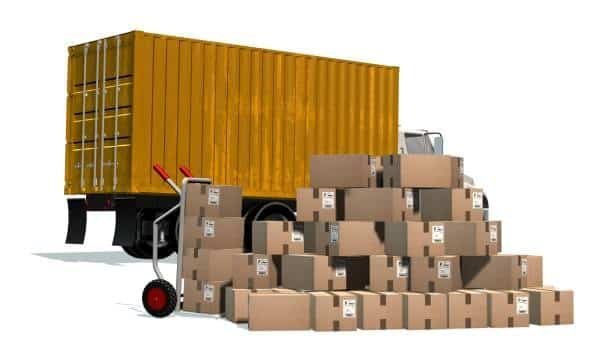
Freight-in and freight-out must be managed differently, operationally. Freight-in: This is the process of communicating with suppliers, inbound logistics management and optimizing receiving. Freight-out emphasizes on customer services, delivery rate, and the effectiveness of outbound logistics, which directly influences accounts receivable . The firms have to come up with different strategies in each region, but with an integrated and optimized supply chain as a whole.
Strategic Approaches to Freight-Out Cost Management
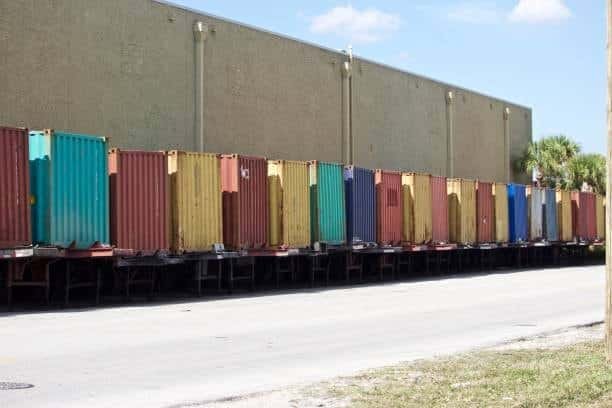
Freight-out management cannot be done effectively without having a well-balanced strategy that holds both cost containment and customer service levels expectations. One of the key strategies include optimization of transportation modes whereby suitable shipping options are selected depending on urgency, direct cost, and service needs. By aligning the service levels with customer expectations as opposed to offering premium services as a default, companies can make huge savings.

The consolidation strategies provide an immense cost saving option to freight-out management. Consolidating several orders into one shipments helps business to take advantage of lower rates, and cut unit shipping expenses. This mode involves advanced level of planning and coordination, and can result in high cost savings, especially when considering the cost incurred, particular applied to business with consistent shipping profiles or regular multiple orders to a given area.

The use of technology is getting a significant role in freight-out optimization. Transportation management systems (TMS) allow real-time rate comparison, automatic carrier selection, and monitoring of their performance. Such systems have helped businesses to make decisions that are data driven and help to optimize routing as well as help to find areas where they can reduce costs without compromising on the standards of service delivery.
Technology Solutions for Optimizing Freight-Out Operations
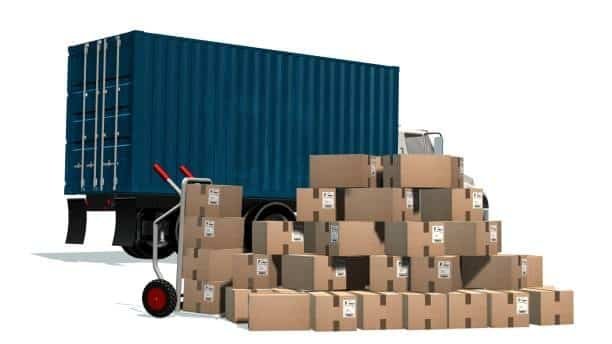
Technological solutions are an essential part of contemporary freight-out management, automating processes and making them less expensive. Cloud shipping platforms allow real-time access to carrier rates, automatic generation of labels and built-in tracking. These systems can cut out manual processes, minimize errors and offer end-to-end visibility of shipping operations, including shipping raw materials .
Freight-out optimization using artificial intelligence and machine learning algorithms is transforming the industry by using past data to shipment patterns and suggest the best carrier choices. Such technologies are able to show savings potential, estimate the delivery performance, and dynamically optimize the shipping approach, ultimately impacting gross profit depending on the circumstances.
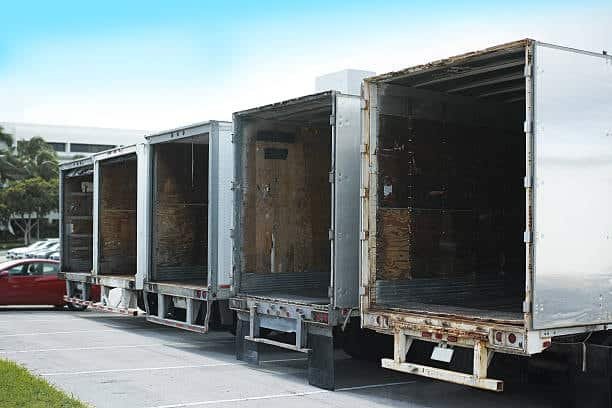
Processes order management, inventory and shipping seamlessly with enterprise resource planning (ERP) systems. This integration can eliminate data silos, decrease manual data entry and give an end-to-end visibility over the entire process of order fulfillment. High-level analytics functions allow finding trends, diagnosing performance, and making strategic choices on the basis of the in-depth analysis of data.
Industry-Specific Freight-Out Considerations and Best Practices
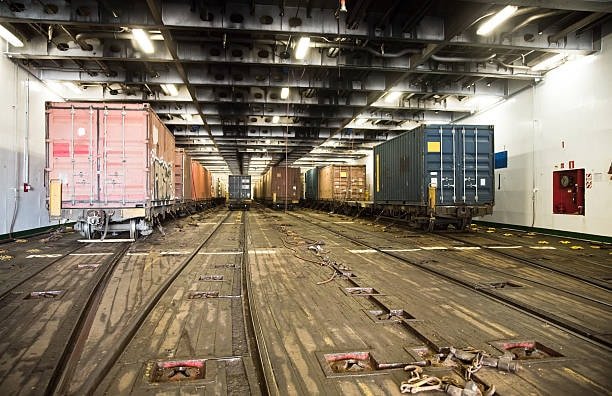
Industries have different freight-out problems and need special methods and solutions. E-commerce companies have a challenge of managing the expectations of customers who want their products delivered within a short time and at no shipping charges, and the need to contain costs. This usually includes advanced zone-skipping algorithms, decentralized inventory control and dynamic pricing models which take into consideration the cost of shipping.
Companies that manufacture goods are usually involved with bigger heavier freight that needs special handling and transportation services. Manufacturers freight-out strategies commonly target consolidation opportunities, modal optimization and long-term carrier relationships. The advantage that these businesses have is the whole logistics planning process that takes into account the production planning and optimization of shipping operating expense.
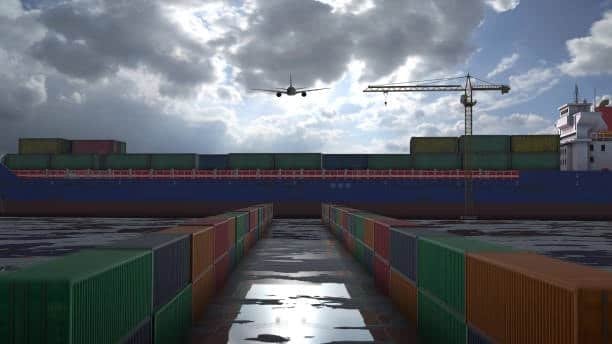
The perishable goods industries have special freight-out problems that are associated with temperature control, time sensitivity, and regulatory issues. Such companies need tailored transportation services, extensive cold chain management systems, and powerful contingency plans to maintain product quality and compliance to regulations during shipping procedures.
Regulatory Compliance and Documentation in Freight-Out

When it comes to freight-out, there are many regulations and documentations that have to be adhered to, especially in cases of international freights. Freight-out operations are further complicated and made more costly by customs documentation, export declaration and trade compliance requirements. Businesses need to ensure that they are up to date with any changes in regulations and that they are well documented to prevent the delay and fines.
Another set of compliance issues faced by businesses that ship dangerous goods is Hazardous materials regulations. Requirements on proper classification, packaging, labeling, and documentation must be observed to the latter to ascertain safe transportation through a freight company, as well as, regulatory compliance. The cost and complexity of the freight-out operations are increased by training and certification of personnel that handle hazardous materials freight cost shipping company.
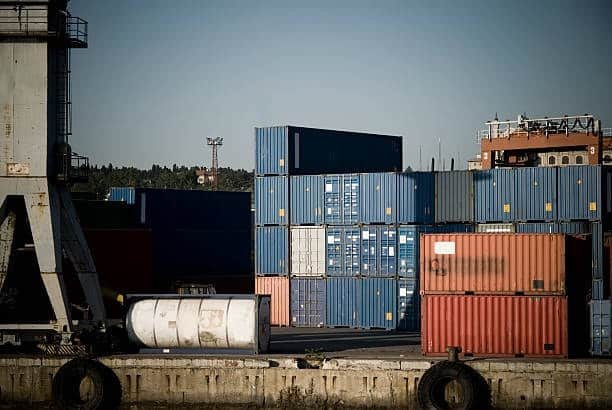
The requirements of sustainability and environmental rules and regulations are gaining prominence in the freight-out operations. Carrier selection and operational procedures are influenced by carbon footprint reporting, packaging requirements and emission standards. Businesses need to strategize between compliance regulatory and cost, as they aim to achieve the sustainability goals and customer demands.
Future Trends and Innovations in Freight-Out Management
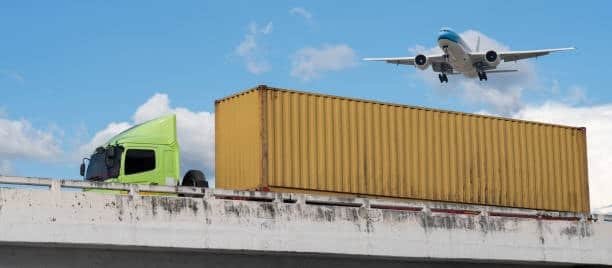
The freight-out scenery is still changing together with new technologies and new customer demands. Self-driving cars and drone-based delivery services are the future of last-mile delivery, which might become cheaper and more reliable freight charges. The technologies are yet to be developed, but they demonstrate an enormous potential in terms of changing the freight-out operations.
The trend of sustainability is leading to innovation in the field of freight-out management, and more emphasis is given to carbon-neutral shipping opportunities, eco-friendly packaging material, and environment-friendly logistics operations. Firms are also investing in electric vehicle fleet, renewable energy sources, and carbon offset programs to achieve environmental goals without sacrificing operational performance credit cash accounts payable finished goods
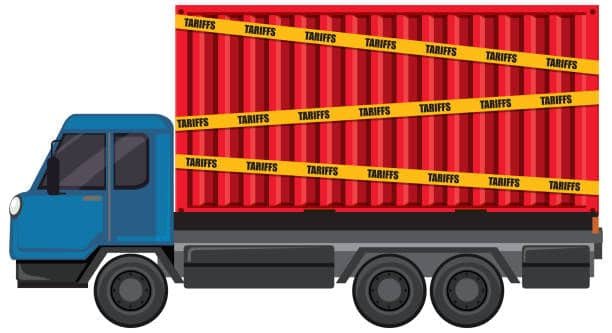
The blockchain technology has the prospective solutions in the supply chain transparency, documentation handling, as well as payments processing in the freight-out activities. Most of the processes associated with shipping contracts and payments may be automated using smart contract, which would make the process cheaper and more efficient. The technologies are yet to mature, but they hold the potential of revolutionising the aspect of freight-out management.
About Shenzhen Guanwutong International Freight Forwarding Co., Ltd.
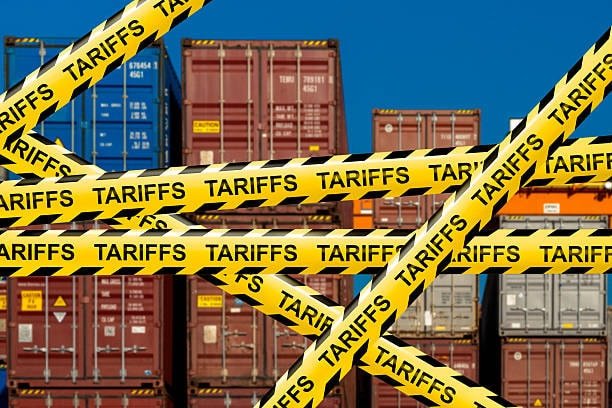
Shenzhen Guanwutong International Freight Forwarding Co., Ltd. (GWT Worldwide) is a professional logistics service provider which focuses on international freight forwarding, supply chain, and cross-border e-commerce logistics inventory records. Equipped with the knowledge of air freight, sea freight, China-Europe railway transportation, international express, customs clearance, warehousing, and Amazon FBA shipping support, having the advanced technology integration and global partner network, GWT Worldwide provides credible and affordable logistics services to companies across the globe.
Conclusion
The art of freight-out management is what every business needs in the current competitive market place. With the necessary knowledge of the different elements, application of strategic optimization techniques and the deployment of the latest technology solutions, businesses can save a fortune in costs, without having to compromise on the level of service. The future of freight-out management Freight-out management should focus on the future by adopting innovative technologies, sustainability practices, and data-driven decision making to develop competitive advantages and business success.

